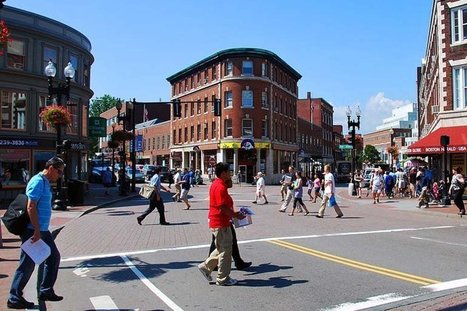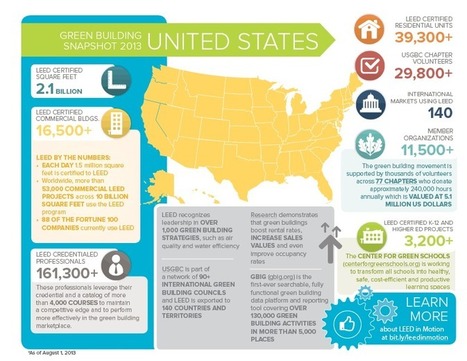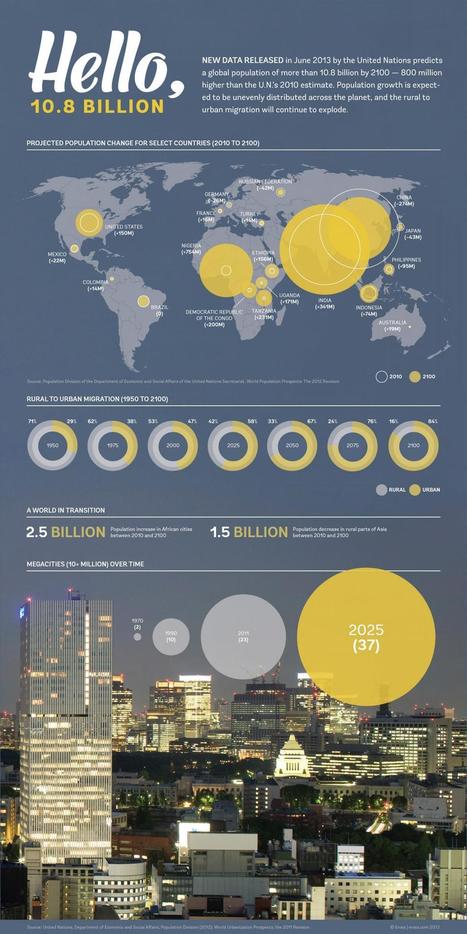Densely populated neighborhoods, commercial district city squares and multiple public transit lines all span the city of Cambridge, Mass., creating an environment ideal for walking.
The most recent Census counts estimate nearly a quarter of the city’s residents walk to work, far more than any other larger U.S. city.
Many localities across the country are continuing to push policies and planning initiatives aimed at making communities more walkable. Recent census figures depict a wide variation in commuting habits among the nation’s urban centers, showing some have done much more than others.
Nationally, only a small fraction of people primarily walk to work – the measure the Census Bureau estimates in its annual American Communities Survey. In a select group of cities, though, recent data illustrates the extent to which walking has emerged as an everyday means of commuting.
Via Lauren Moss



 Your new post is loading...
Your new post is loading...











Walking is fun. And smart.
It helps if you live in Southern California but then if you live in LA you never walk anywhere.